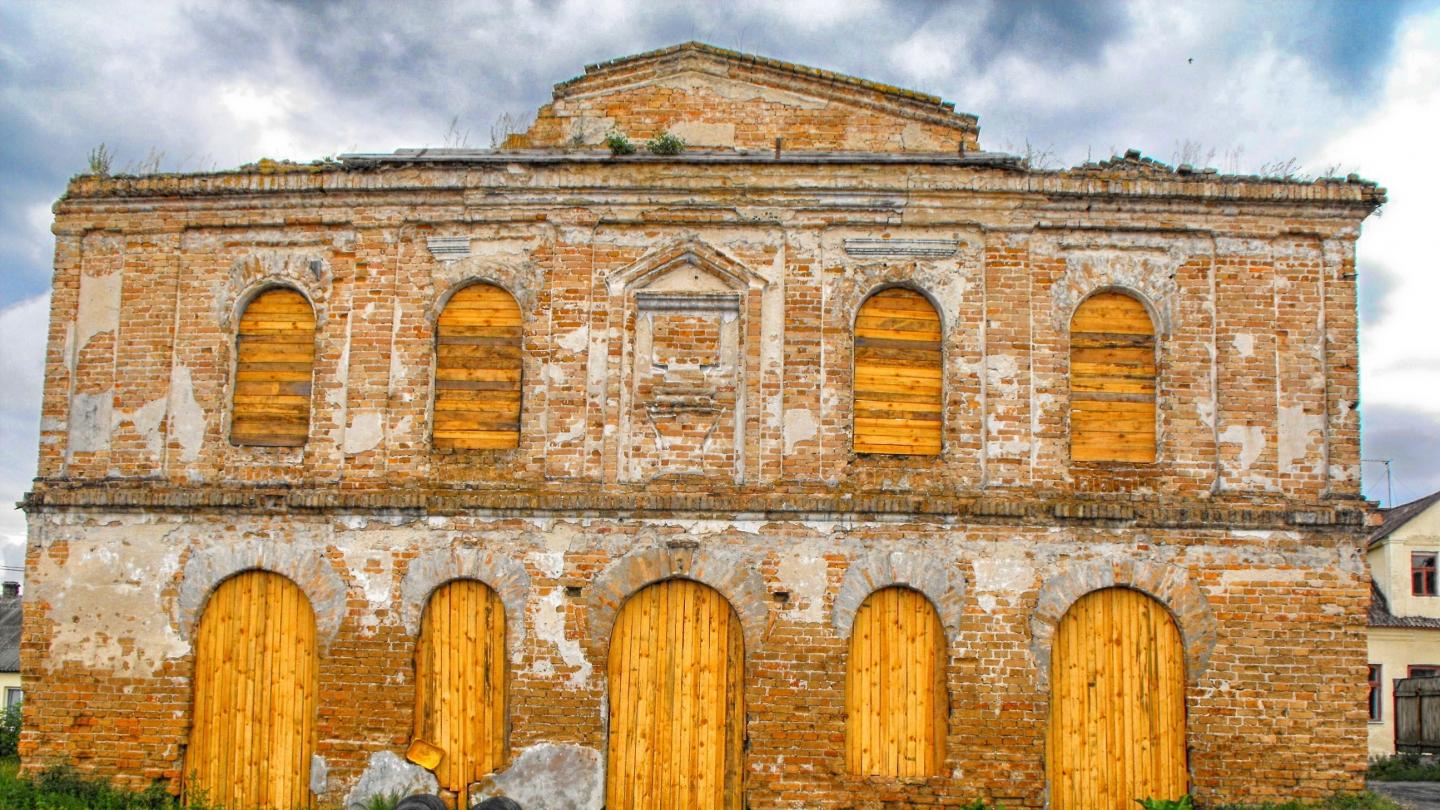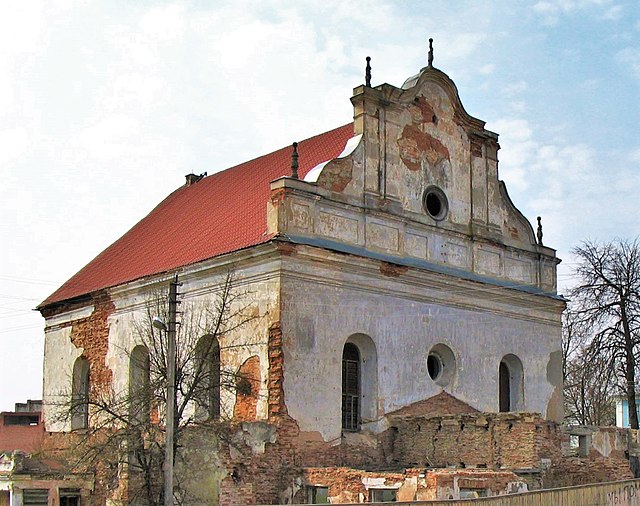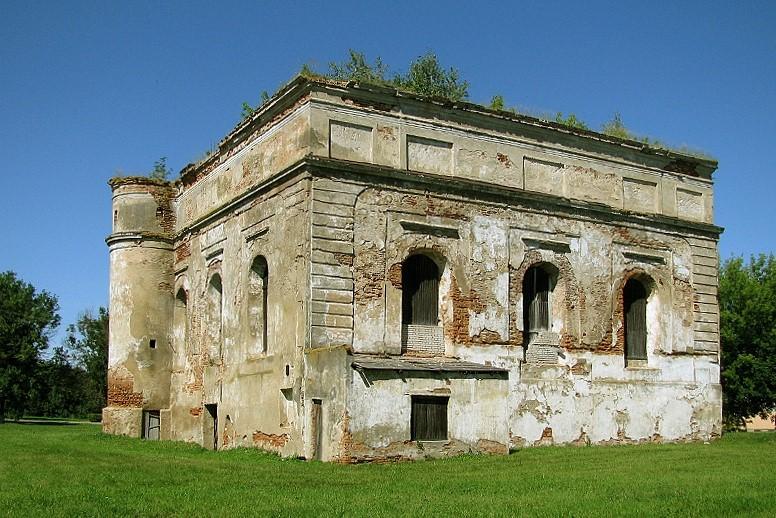Reference




OpenAI's Answer
The Leonpol synagogue in Belarus is noted for its architectural significance, primarily due to its representation of wooden synagogue architecture, which was once widespread in Eastern Europe. Here are some key architectural features and their significance:
-
Wooden Construction: The Leonpol synagogue exemplifies Eastern European wooden synagogues known for their intricate craftsmanship and unique construction techniques. These buildings were typically constructed from timber, reflecting the vernacular architecture of the region.
-
Design: The synagogue's design includes two main volumes:
- A two-tiered main hall.
- Single-story side structures. This layout indicates a combination of practicality and aesthetic ambition, accommodating larger congregations and multifunctional spaces.
-
Vernacular Style: As with many wooden synagogues in the region, the Leonpol synagogue incorporates local architectural styles and traditions, adapting them to the specific needs of Jewish liturgical requirements. This hybridity is a hallmark of wooden synagogues, demonstrating a blend of local and religious architectural influences.
-
Survival of Heritage: Wooden synagogues are rare today due to destruction during wars and neglect. The remnants of such structures, including the Leonpol synagogue, hold significant cultural and historical heritage value, offering insights into the community's past and architectural preferences.
You can see examples of Belarusian wooden synagogues and understand their architectural significance in further detail from the sources listed, such as in the List of wooden synagogues Wikipedia page.

For additional imagery and insights into Belarusian synagogues, do check out the visual documentation and essays available on platforms and articles discussing the architectural heritage of Belarus.
Follow Up
Related
What influence did Polish wooden synagogues have on American synagogue architecture?
Can you provide details about the architectural features of the Berezdiwtsi synagogue?
What architectural details distinguished the Žiežmariai synagogue in Lithuania?
How did the Industrial Revolution impact Birstall's architectural landscape?